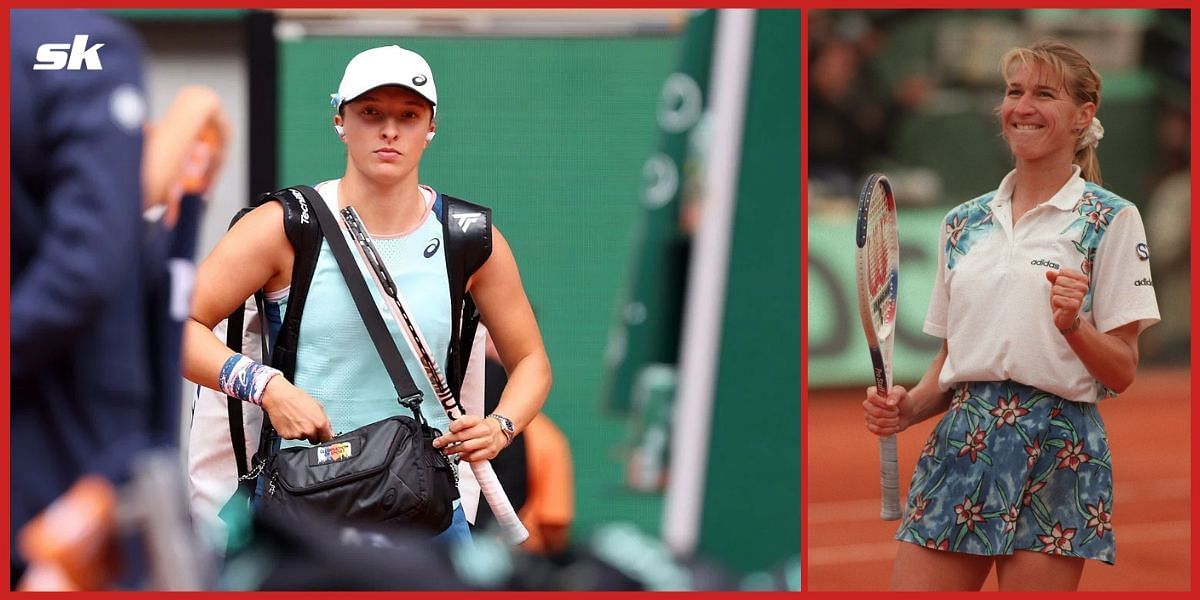
6 youngest players to finish successive years as World No. 1 ft. Iga Swiatek and Steffi Graf
Chris Evert, Steffi Graf and Martina Hingis - those are the names that come to mind when one thinks of early success in tennis. Iga Swiatek, however, looks determined to add her name to the club.
Swiatek finished her second consecutive season as the World No. 1 and is showing very few signs of slowing down. With the WTA rankings locked and put away for the season-end, it makes for a good time to look at the 22-year-old's latest feat with a retrospective lens.
Here, we look at the six youngest players (including Swiatek) to finish the season as the World No. 1 in back-to-back years:
#6 Iga Swiatek
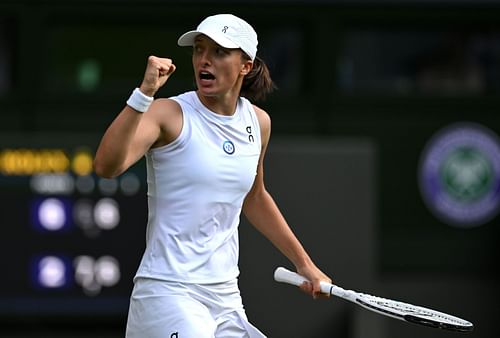
Iga Swiatek’s ascent to the top of the world rankings came in rather unconventional fashion, with the youngster reaching the pinnacle after Ashleigh Barty’s surprise retirement in February last year.
Determined to prove her mettle, Swiatek went on the now-famous 37 match win streak that began at the Sunshine Double and lasted her the entire clay court season — including the French Open. The Pole lifted her third Slam title at the US Open to finish the 2022 season far ahead of others.
And while Swiatek's 2023 season has not been as stellar in comparison, a third title in Paris and a late surge to the trophy at the WTA Finals was enough to help her snatch back the World No. 1 ranking from Aryna Sabalenka in the nick of time.
#5 Caroline Wozniacki
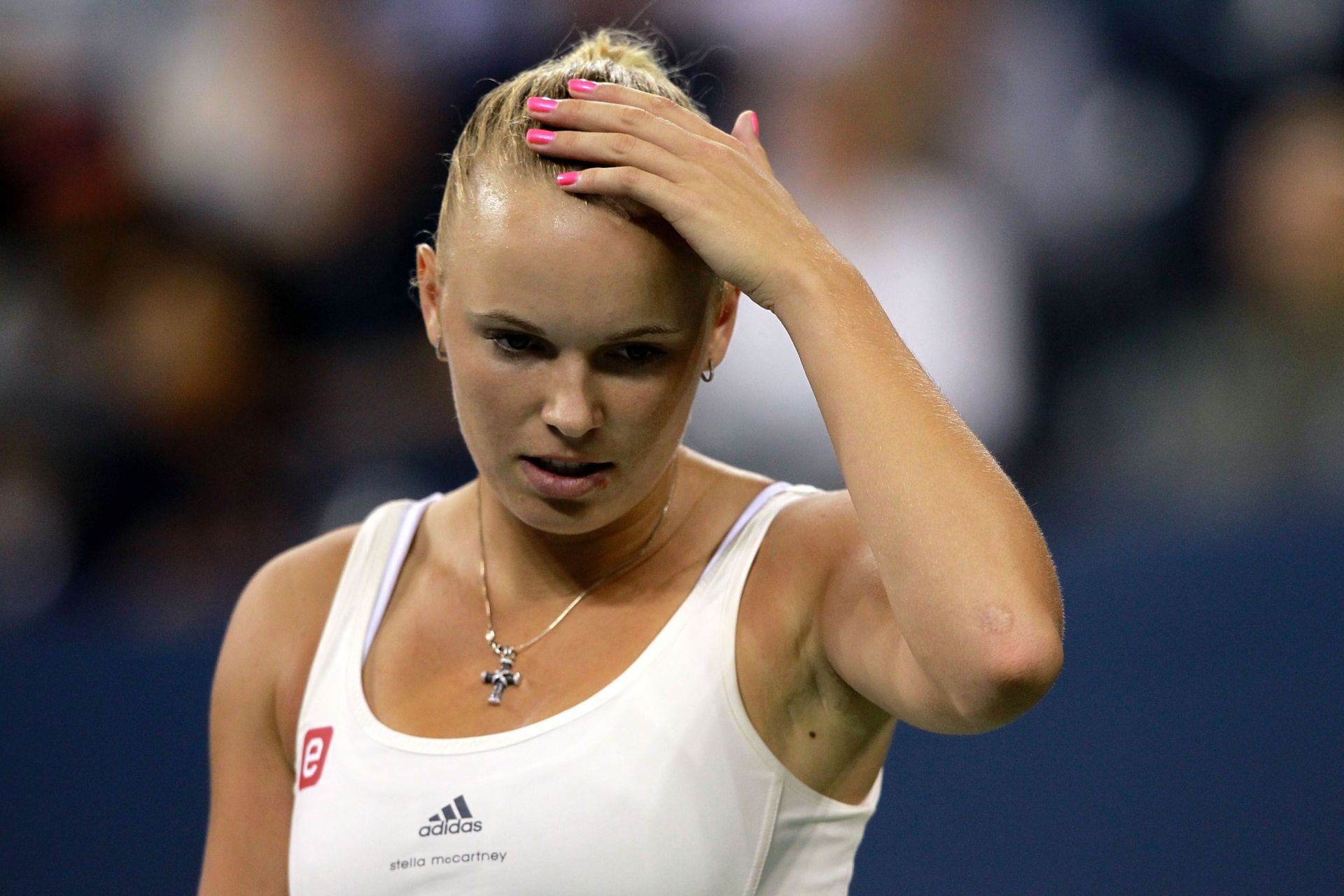
Caroline Wozniacki defined 'young world-beater' for those following tennis in the early 2010s, which is when the Dane first reached the World No. 1 ranking.
While she had made her first Slam final at the 2009 US Open, it wasn’t until her run in Beijing 12 months later that she reached the top of the rankings ladder. Wozniacki was, at the time ,only the fifth player to have become World No. 1 without having won a Grand Slam.
That remained the case throughout her first run as the World No. 1 which lasted her long enough to finish 2012 at the top as well. Wozniacki took the scenic route but did manage to get the Grand Slam title — and reclaim the top ranking — six years later at the 2018 Australian Open.
#4 Chris Evert
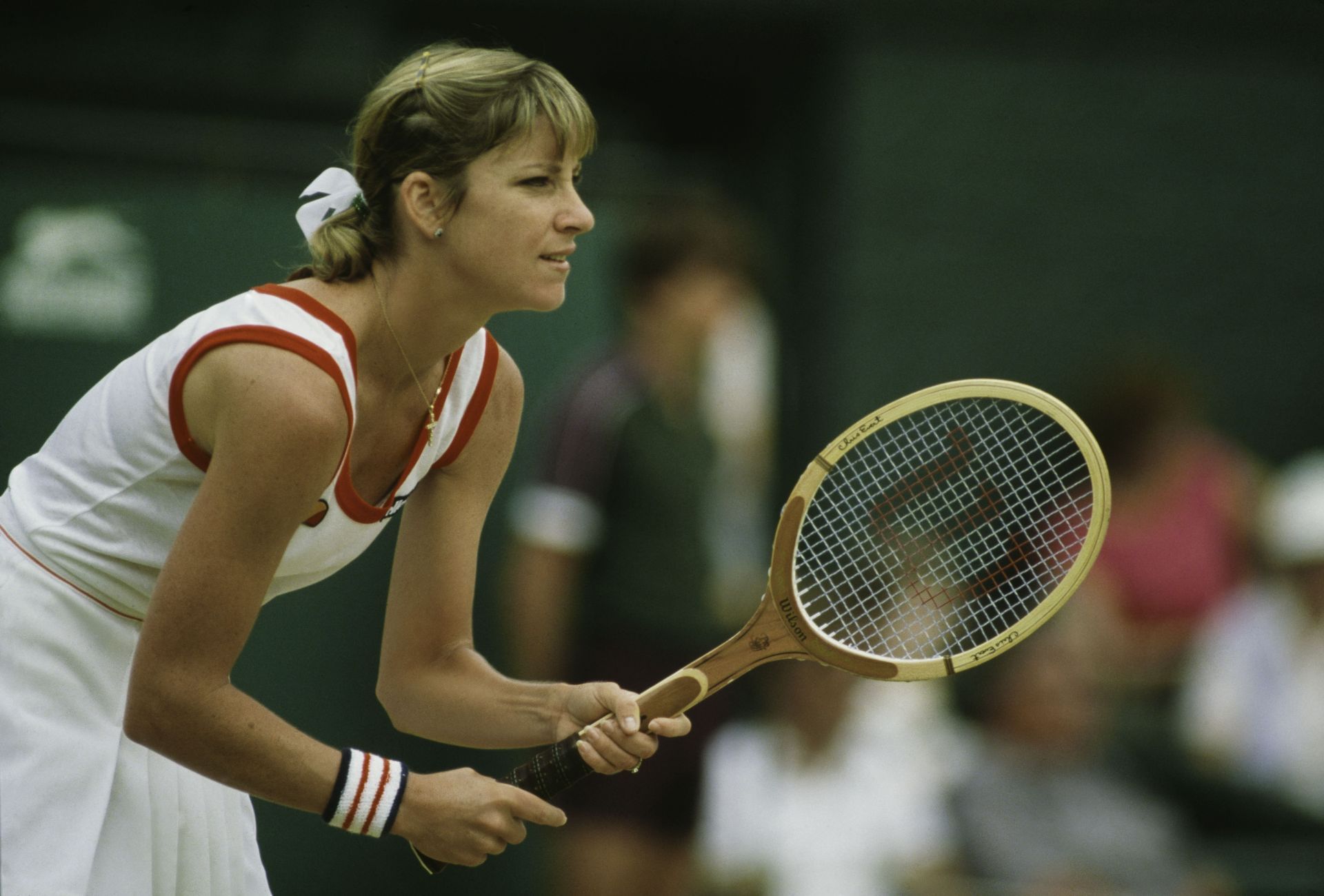
Chirs Evert was the first player to be ranked World No. 1 when the electronic rankings were introduced in 1975. She would go on hold on to the year-end No. 1 position for not two, but three consecutive seasons.
The American had four Grand Slams under her belt at time. Her dominance on the Tour extended and she remained the World No. 1 for all but two weeks — when Evonne Goolagong was No. 1 — until Martina Navratilova took over in 1978.
#3 Martina Hingis
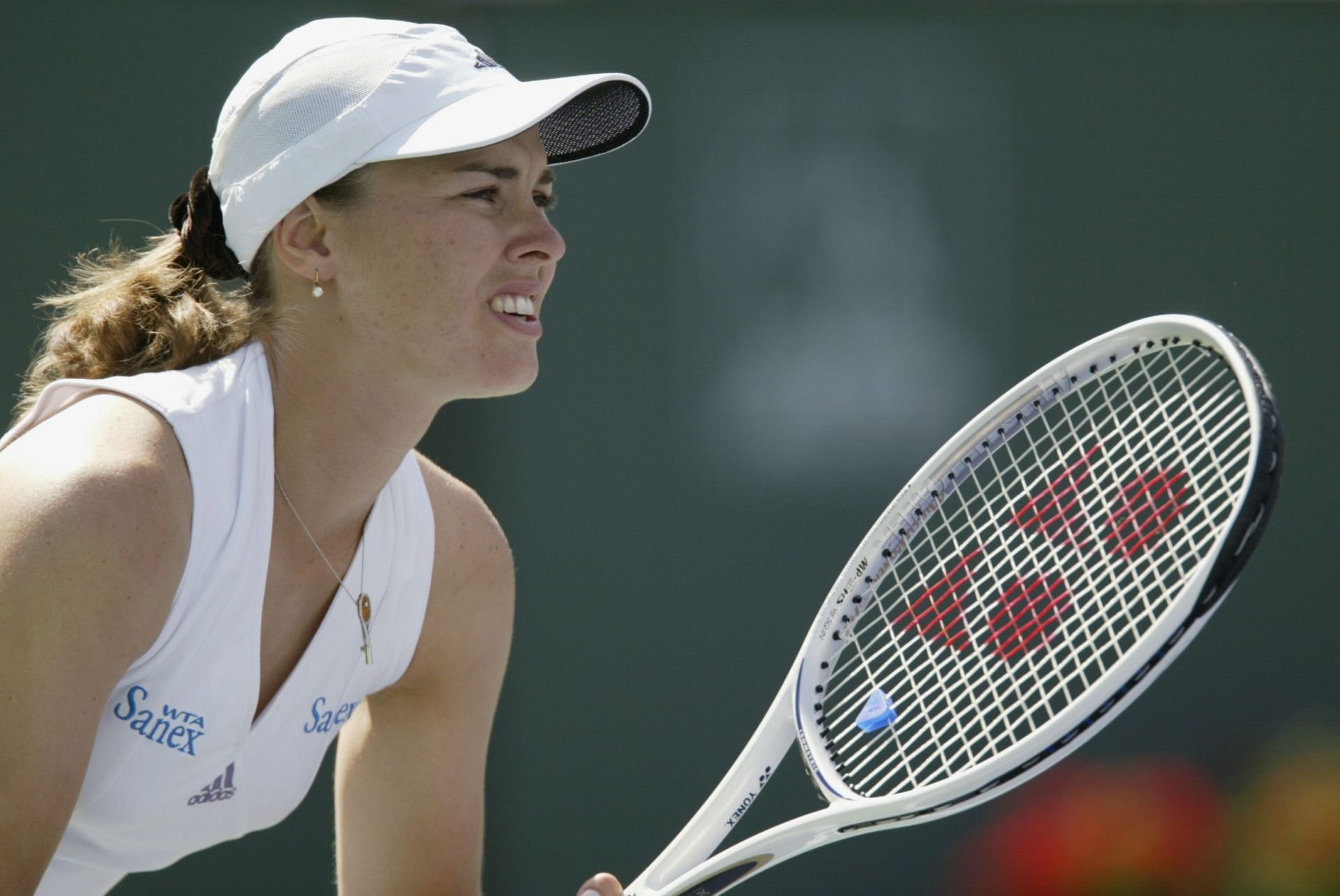
Martina Hingis amassed several “youngest” firsts when she debuted on the Tour in 1994 — starting from her earning label of the youngest World No. 1 itself in 1997, when she was only 16 years and three months old.
Her stint as year-end No. 1, however, came a little later in 1999-2000. The Swiss won the Australian Open, a flurry of WTA 1000 crowns in the period as well as a WTA Final crown. The foundation for all that, however, had been laid in her unmatched 1997 season when she reached the finals of all four Slams and won three.
#2 Steffi Graf
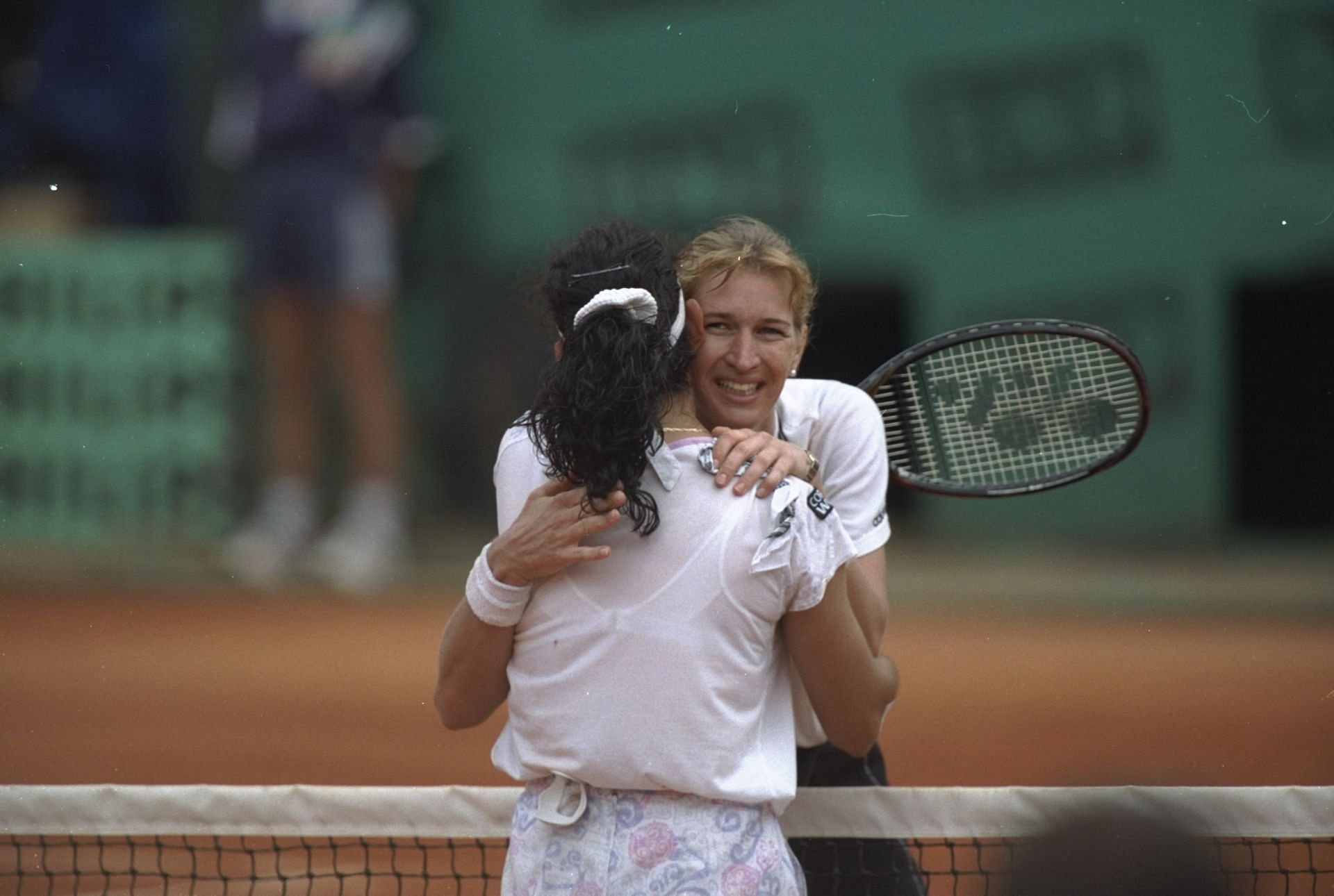
At 377, Steffi Graf holds the distinction of having spent the most weeks as the World No. 1 in history, for a female player. Safe to say, she had multiple year-end finishes, the first of which came during her first stint that began in 1987.
The German ascended to the top of the rankings after winning the Virginia Slims final in Los Angeles, beating Evert. She would stay atop the ladder for a record (shared with Serena Williams) 186 weeks.
Doing the math? That amounted to four consecutive year-end seasons as the World No. 1.
#1 Monica Seles
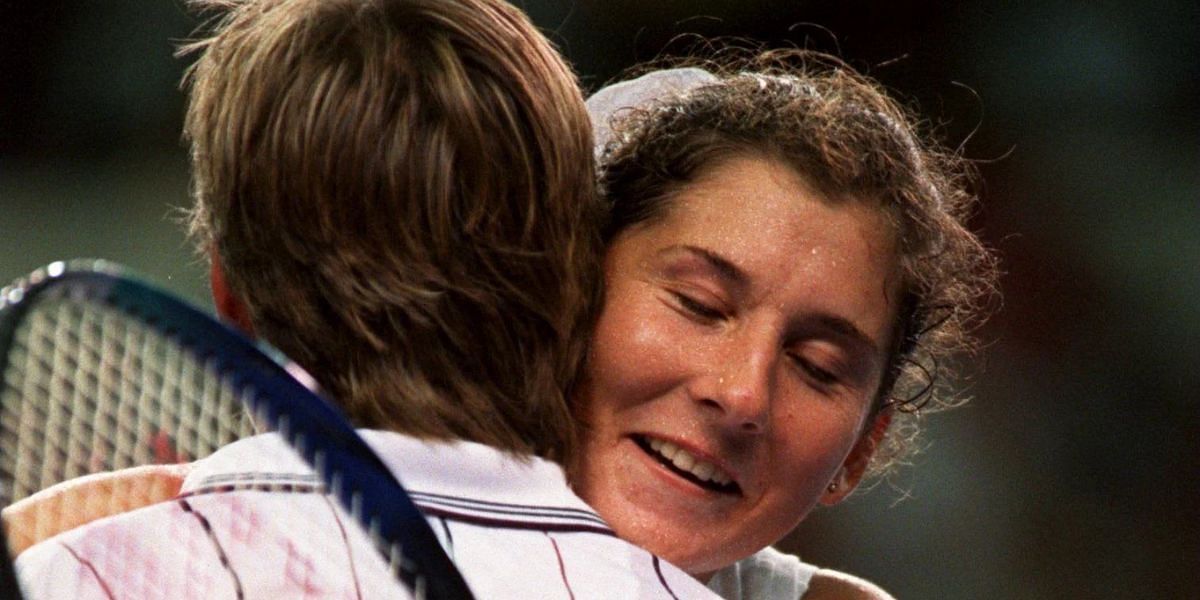
Monica Seles’s age, 17 years and three months, is second only to Hingis when looking at the youngest players to find themselves ranked as the World No. 1.
The Yugoslavia-born legend ended the 1991 and 1992 seasons atop the ladder, reaching the final of every Grand Slam that she played in the two years.
Seles began the 1993 season with an intent to maintain her stronghold over the position by winning the Australian Open, but the horrific knife attack in Hamburg that year halted her progress. What her already-imposing numbers would have read like had she not been attacked is a question that remains open for debate.